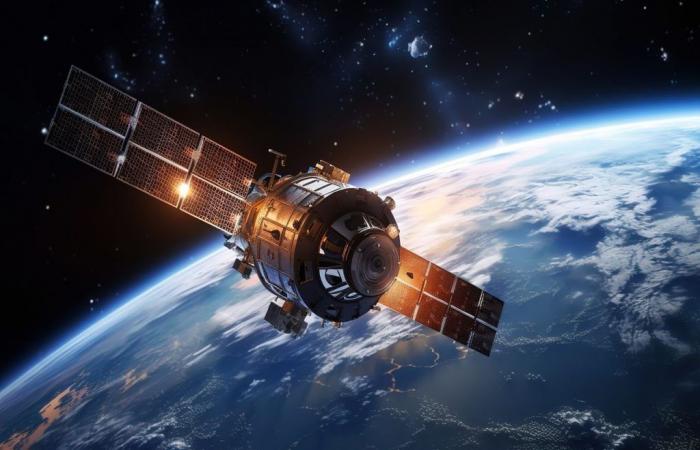We are approaching the EarthCARE satellite launchshort for Earth Cloud Aerosol and Radiation Explorer, an innovative partnership between the European Space Agency (ESA) and the Japan Aerospace Exploration Agency (JAXA). The launch comes at a time when we want to understand the vital role played by clouds and aerosols in planet Earth’s climate system.
Analysis of climate secrets through cutting-edge space technology
This milestone that is now beginning is the result of years of rigorous development and meticulous testing. At the moment, the satellite is undergoing the final phase of testing in Europe, before being sent to the launch site early next year. This progress brings us closer to understanding invaluable information about the complex mechanisms that govern global climate change.
EarthCARE could answer crucial scientific questions about the role of clouds and aerosols in regulating Earth’s climate. This balance allows the reflection of incident solar radiation back into space and the retention of infrared radiation emitted by the planet’s surface, as determining elements in the climate system.
The cloudsdespite its known importance in the context of atmospheric heating and cooling, still represent one of the greatest uncertainties in understanding climate dynamics.
EarthCARE stands outlike this, with a suite of four instruments designed to provide a comprehensive view of the interaction between clouds, aerosols and radiation. O cloud profile radar will reveal information about the vertical structure and internal dynamics of clouds.
Alongside this, the To lead atmospheric will provide data on cloud tops, thin cloud profiles and aerosols, while the multispectral image sensor will contribute to multi-wavelength vision. Furthermore, the long wavelength radiometer will measure both reflected solar radiation and emitted infrared radiation.
NASA launches satellites that will allow monitoring tropical cyclones in less time

These simultaneous measurements will allow researchers to better understand Earth’s radiation budgetby contributing to the understanding of the climate system.
Overcoming Rigorous Tests for a Revolution in Space Climate Exploration
And don’t be fooled if you think this project is recent. EarthCAREthe largest of ESA’s Earth Explorer satellites to date, has undergone complex testing over several years. Recently, the satellite underwent rigorous testing at the ESA Test Center in Netherlandsin a useful installation area of 3000 m², where tests relating to the space environment were simulated, from susceptibility to extreme temperatures to noise and vibrations associated with rocket launches.

After completing these tests, the satellite was sent by Airbus to Germany for the final phase of checks. These tests included simulations of the impact of the separation of the ring that adapts to the rocket, ensuring the satellite’s resistance to the extreme launch conditions.
Dirk Bernaerts, ESA’s EarthCARE project manager, expressed his satisfaction with the results: “We are extremely happy to see EarthCARE delivering great results. The tests demonstrated the satellite’s ability to withstand the impact of the launch and the harsh environment it will encounter. in space.”
With the schedule to be shipped to the March 2024 launch site in Vandenberg, Californiait is expected that at the end of May it will be on board SpaceX’s Falcon 9.
This mission is very encouraging for the advancement of science, highlighting the positive relationship between ESA and JAXA in space exploration and understanding Earth’s climate. EarthCARE results have the potential to improve climate models, but also provide fundamental support in numerical weather forecastingthus contributing to the understanding and continuous monitoring of climate conditions on our planet.
Tags: Revolutionary satellite seeks understand planet Earths climate system
--





